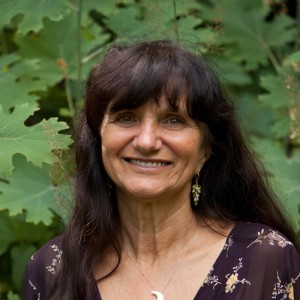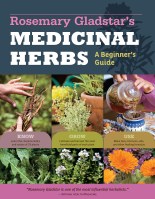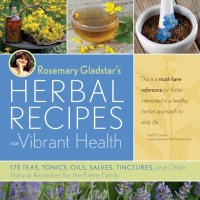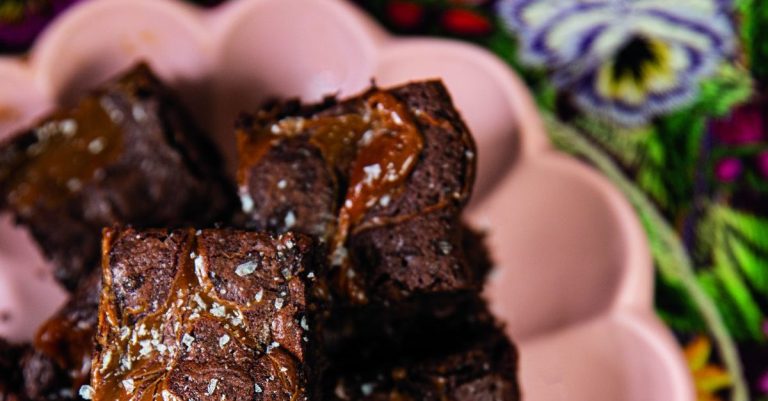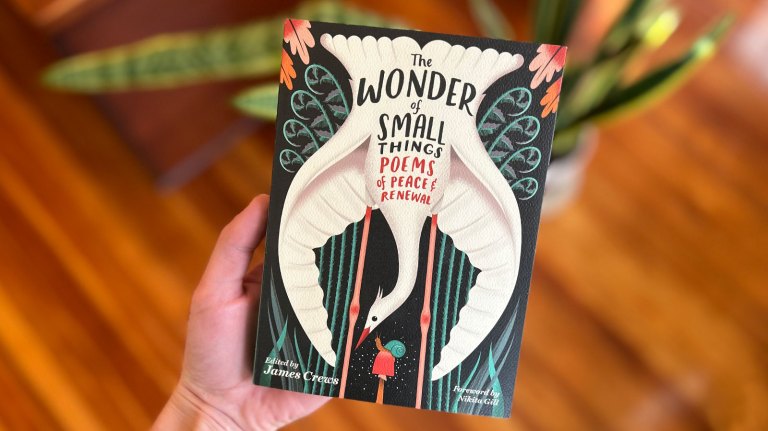A Recipe for Spice Rack Fire Cider
Can’t find fresh horseradish? This formula for Spice Rack Fire Cider uses the powdered version, along with ingredients you probably already have at home.
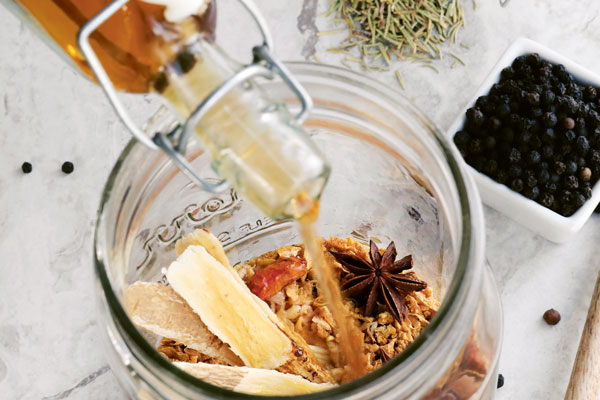
The book Fire Cider! was created in part as an attempt to keep the origin story of fire cider alive and well and also to help ensure that traditional herbal formulas, those recipes and remedies that have a long history of being used, like fire cider, are kept in circulation for all to make and sell as they choose.
All of the recipes — including the one for Spice Rack Fire Cider by Raychel Kolen of Mountain Rose Herbs included here — were submitted by friends in the herbal community who support the idea of Tradition, Not Trademark, and the Free Fire Cider movement. Many of these folks have been making and selling their own versions of fire cider for quite some time. You can buy them at your local farmers’ market, grocery store, or online. Or you can make your own. Be part of the fire cider revolution! — Rosemary Gladstar
For those who’ve ever wanted to make fire cider but can’t always find fresh horseradish, this recipe is for you. Through lots of trial (and only a little bit of error), I discovered that you can make a fire cider that has the same kick as the traditional recipe but with dried horseradish. In fact, it can still be a power-packed remedy without any fresh ingredients at all!
I tried lots of combinations of herbs from the spice rack in my pantry at home, but I made sure each variation included the fire cider must-haves — horseradish, garlic, onions, ginger, spicy peppers, and citrus. This recipe includes a flavor favorite of mine: anise. For those who don’t like its licorice taste, leave it out! But those beautiful seedpods provide a nice mellow note and make this fire cider truly unique.
While there were many tasty and potent combos, this one was the unanimous favorite in the Mountain Rose Herbs test kitchen. — Raychel Kolen, Mountain Rose Herbs, Eugene, Oregon

Spice Rack Fire Cider
Recipe from Raychel Kolen of Mountain Rose Herbs in Eugene, Oregon
Ingredients
- ¼ cup horseradish powder
- ¼ cup ground ginger
- ¼ cup dried minced onion
- 2 tablespoons dried rosemary
- 1 tablespoon ground turmeric
- 1 tablespoon garlic powder
- 2 teaspoons black peppercorns
- 2 teaspoons astragalus root powder (or a few astragalus root slices)
- 1 teaspoon dried orange peel
- 4 star anise pods
- 4 whole bird’s-eye chiles
- About 4 cups raw apple cider vinegar
Directions
Place all the herbs and spices in a glass quart jar.
Pour in enough apple cider vinegar to cover the ingredients and fill the jar.
Seal the jar with a plastic lid, or a piece of parchment paper underneath a metal one.
Shake the jar well. Then store in a cool, dark, dry place for about a month, remembering to shake it daily.
Strain out the solid ingredients with cheesecloth and pour the vinegar into a sterilized glass storage jar. Squeeze the cheesecloth to get every last drop of tasty herby goodness.
Store the cider in a cool, dark, dry place (or fridge).
I take a tablespoon of cider each morning to warm up and add some to my salad dressings at night.
Note:
I’m partial to honeyless fire ciders. If you like honey, then by all means add some to taste after straining the cider.
Adapted from Fire Cider! © Rosemary Gladstar. Photos Courtesy Mountain Rose Herbs.

